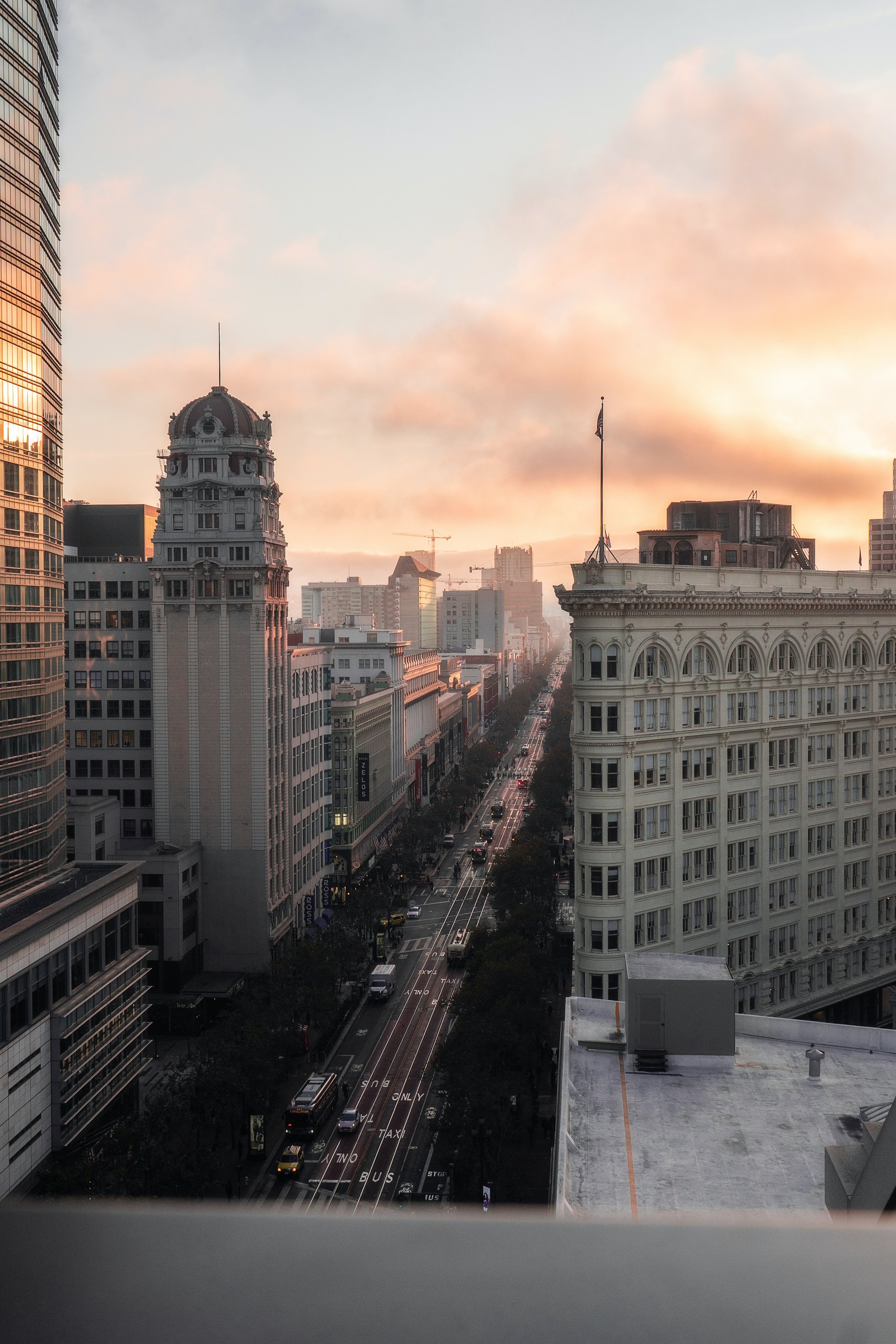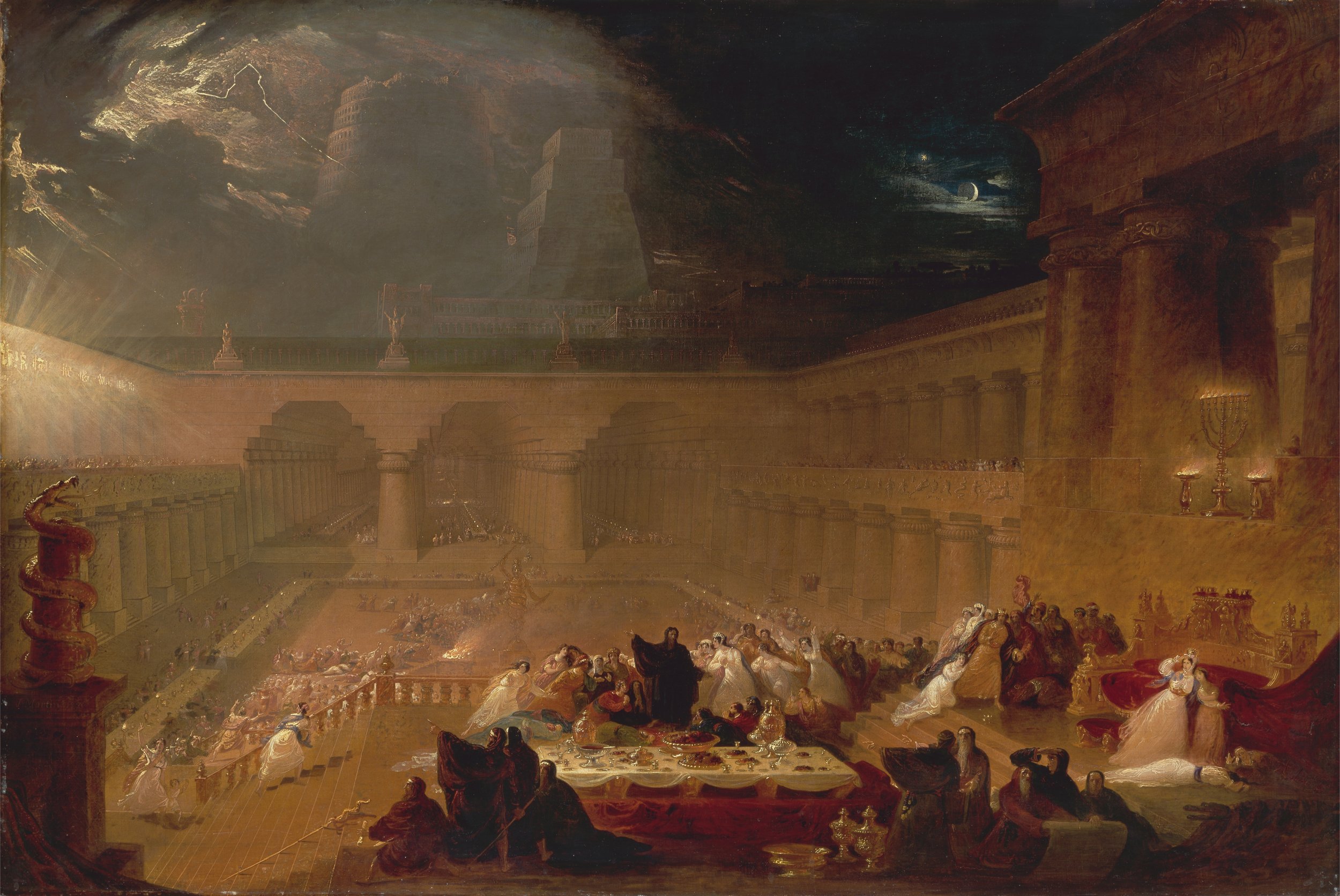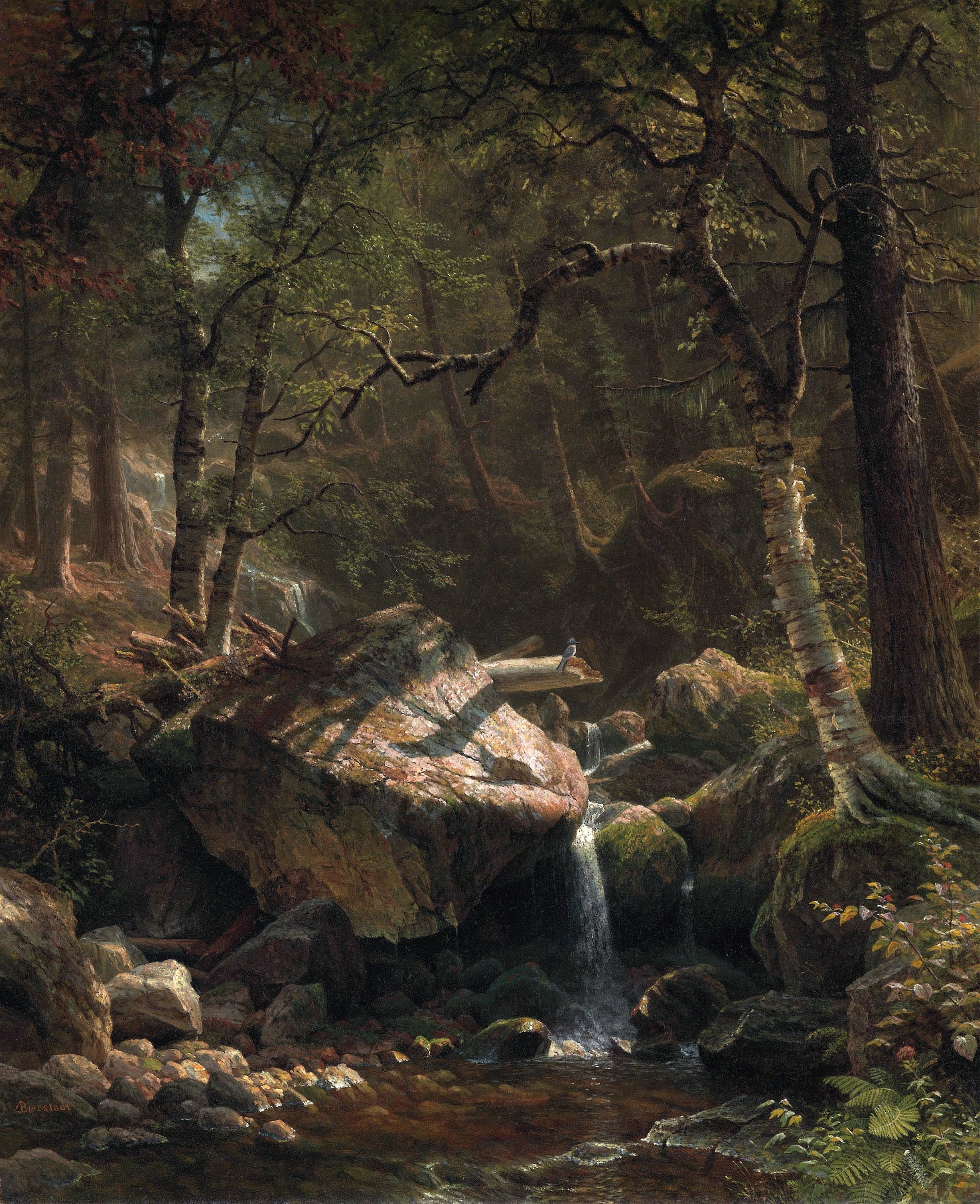Handkerchiefs Everywhere

Handkerchiefs Everywhere
Abbey Sitterley
We had each signed up for early classes that spring semester. On Tuesday and Thursday mornings at 6:30, Emily would pick me up in her rusty red sedan with the heat half broken and we’d make our way to the FLCC campus. Emily’s schedule consisted of a series of preliminary lectures for a nursing capstone, and mine, a mix of liberal arts courses including Reiki. But as we neared midterms, I developed a secret. Like always, I’d stand outside in the pre-dawn cold with two coffees, take the shivering thirty-minute ride to campus, wave goodbye to Emily at the nursing wing and then proceed to skip all my morning classes. It wasn’t that I was lazy, it was more like theft: I was stealing away.
Not long before, one of my closest friends in the New Age movement had given me Madeleine L’Engle’s book Walking on Water: Reflections on Faith and Art and I’d been devouring it. As the thoroughly rebellious child of two former Sunday School teachers, I embraced anything that called the religion of my childhood small-minded, opting to delve deep into a relativistic interpretation of spirituality instead. But L’Engle was different than the typical Christian author. Instead of proselytizing, she merely explained that the doctrines of Christianity gave intrinsic spiritual worth to creativity. Not only were we image-bearers of God, we were called to partake as co-creators in the world. And as co-creators, we had to humbly admit that our work isn’t really ours, but rather a profound gift of God’s goodness and divine will.
For a young writer searching for meaning, this was a seismic shift. Christianity, despite its abrasive truth claims and stale traditions, was deeper, more enticing, and intellectually satisfying than just an ancient moral code. My morning Reiki elective be damned, I’d much rather feed this new appetite than monitor my classmate’s auras. And so I strolled down to the library basement and tucked myself away into a small connecting passageway with L’Engle. Flanked by floor-to-ceiling windows on each side, the morning sun would warm this little space like a greenhouse and I’d lay on a wood bench reading for hours, marveling at how Jesus might actually know what He’s doing.
I stole away to this nook whenever I could, my backpack smuggling in new books that only drew me deeper.
Eventually, Flannery O’Connor’s short stories found themselves in tow. Stories like The Turkey, The Life You Save May Be Your Own, and Revelation shocked and unnerved me. Here was God as the Hound of Heaven staring down characters caught between the paws of grace, trying to wiggle free to no avail. I saw much of myself in Ruller’s false piety, Ruby Turpin’s pride, as well as Shiflet’s self-serving proclivities, and felt just as, in O’Connor’s terms, ‘Christ-haunted’ as the south they were set in. As deeply gothic fiction, O’Connor’s stories are clearly crafted to neither comfort nor convert. Rather, they merely escort the reader to meet the startling contrast of man before his Maker and promptly abandon one there. Such raw looks at the sublime were gilded all the same, shining in my eyes much like L’Engle’s words did. But this time I felt out of breath, as if being chased.
These encounters weren’t limited to text. I began watching The X Files for its reputation as a cult classic sci-fi series and found that same spiritual longing underpinning the show’s entire framework. For those of us who get dizzy in the chasm between faith and doubt, the tagline phrase ‘I want to believe’ is a touchstone, something that can be leaned into when we don’t have the strength to will much more. Mulder’s unslakable thirst for truth alongside Scully’s empirically-driven skepticism mirrored the same tension happening in my own heart. I couldn’t escape it. Chris Carter, creator of The X Files, is not a religious man, nor is the show religious in nature, and yet it kindled the same desire L’Engle and O’Connor’s words stirred in me. How can such disparate themes and mediums deliver the same divine impression? Is it we who pull meaning out of these things or is creativity itself imbued with echoes of the first Creator?
Frederick Buechner once wrote, “In His holy flirtation with the world, God occasionally drops a handkerchief. These handkerchiefs are called saints.” When I look back on my life, I see such works as Walking on Water, The Collected Short Stories, The X Files, and many others like carefully-dropped handkerchiefs. While these creators were certainly not saints, nor their works necessarily saintly, they were used by God in His “holy flirtation” with me. Their place in my story is intentional if not completely integral. How else could I feel the same pull across mediums and voices, fiction and nonfiction, religious and secular? I had no desire for the things of the God I left, and yet, behind every voice I turned to, He called me. Every beautiful thing spoke of Him. Every place I visited, He haunted. And so my conversion was not via evangelistic conversation or a factual argument, but the Creator’s unbridled wooing across the spectrum of creativity.
Singer-songwriter Andrew Peterson in his latest book Adorning the Dark: Thoughts on Community, Calling, and the Mystery of Making, explores how art can be the catalyst for a real movement in the human spirit. Peterson explains, “Something as real as a tectonic shift might be happening in their magnificent soul, like the mechanism of a primal clock ticking closer and closer to the triumphant sounding of the bell tower, a revelation, a scattering of birds… something that reminds them of the grand mystery of their selfhood.”
Ecclesiastes 3:11 says that God “has put eternity into man’s heart…” Art has an unparalleled ability to touch this eternity hidden within us. We feel this intrinsically when we experience great stories, or have our minds enraptured by some visual masterpiece: that heady mix of jealousy and inspiration, the rush to get home right away and start again, a step out of time and into a flow state that drags on until it’s done with us. Our existential longing is vast and amorphous, but it is art that gives us language for it, enabling us to process and understand the big questions of eternity. These moments break up our fallow ground and spur us onward, causing us to remember that we are indeed, a soul.
Consider the experience of renowned director Krzysztof Kieslowski. In his memoir Kieslowski on Kieslowski, he recalls, "At a meeting just outside Paris, a fifteen-year-old girl came up to me and said that she'd been to see my movie. She'd gone once, twice, three times and only wanted to say one thing really… that she realized that there is such a thing as a soul. She hadn't known before, but now she knew that the soul does exist. There's something very beautiful in that. It was worth making Véronique for that girl. It was worth working for a year, sacrificing all that money, energy, time, patience, torturing yourself, killing yourself, making thousands of decisions, so that one young girl in Paris should realize that there is such a thing as a soul. It's worth it."
Kieslowski saw the influence film has on the interior life of the viewer. What eludes us in the realm of fact and explanation flies to us sweetly through image, sound, and story. Can we ever place our finger on when God begins to move on the heart? The girl in Kieslowski’s memory has realized she has a soul. Perhaps months, even years after such a revelation, she may learn that her soul is a created thing. Perhaps someday she’ll find herself drawn into greater knowledge of that soul’s landscape, the God who made it, and the life to be lived in response. Secular art made by unredeemed hands is not safe from the God who draws His people to Himself. When the decisive inbreak occurs, the fruit is always heavy on the vine.
Though He takes joy in it, God does not need an author’s permission to use their endeavors for His purpose. Creativity, like all creation, is His subject and He will do with it as He wills. The Lord is the Lord of all: our existential longings, our salvation, and our craft. We can see there is an everlasting dance happening in the core of creativity, carrying its viewer further up and further in toward divine revelation, and Christian creatives are invited to learn the steps. All things trumpet the coming Lord who works in mysterious ways. So should our work.
Yet this is not a conscription. God’s wooing of the world will go on with or without us. He will use bad art and good art, New York Times bestsellers and campus zines, abstract expressionism and pop music, arthouse films and Instagram poetry, even good questions in atheistic manifestos and a small town Sunday sermon. Handkerchiefs are everywhere. Who knows? Someone might find one while hiding in a library basement while earning a bad grade in Reiki.
By Abbey Sitterley
Writer & Musician
Photograph by Tascha Urso




